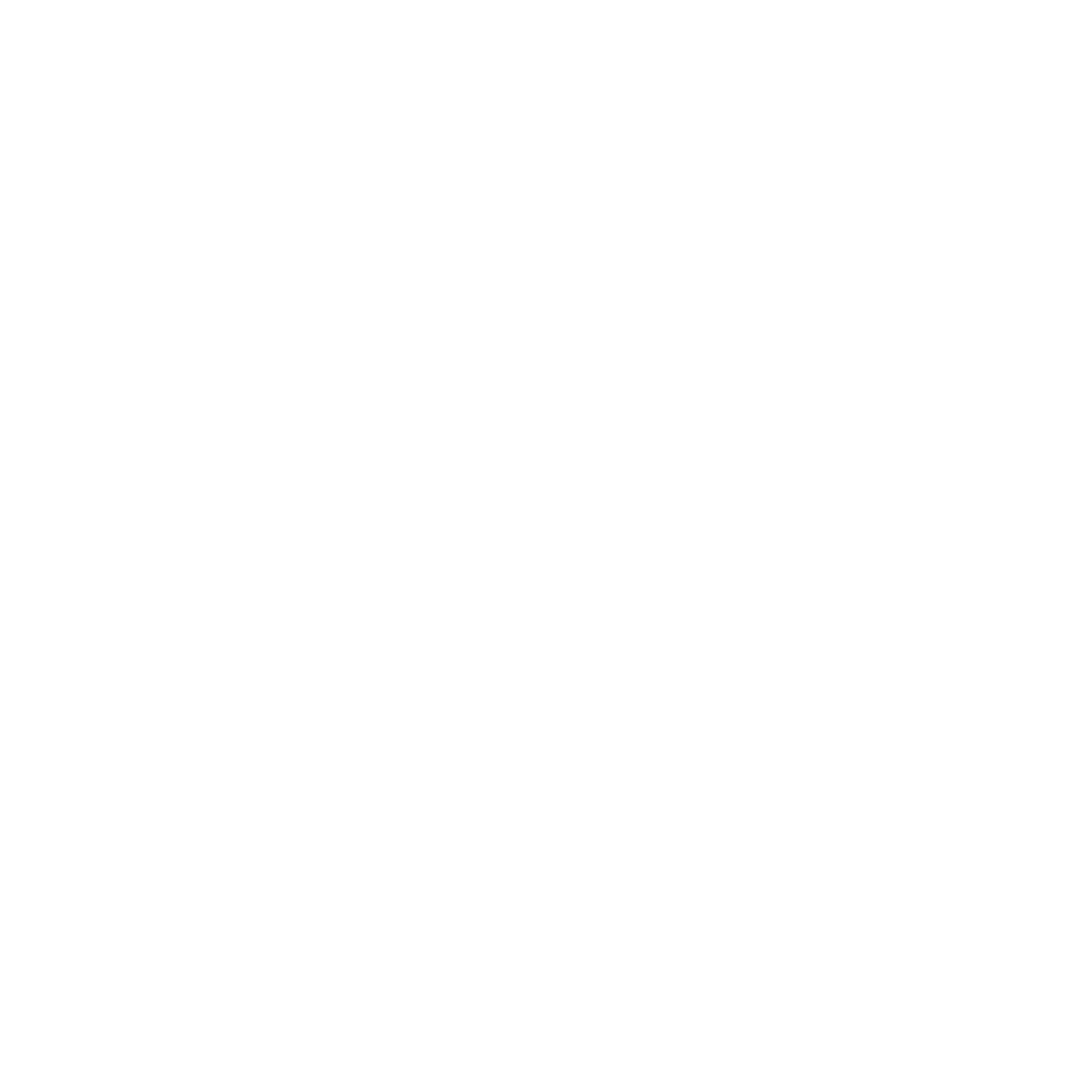
This guide is designed to help you locate and use secondary sources for Australian legal research. This includes bibliographies, dictionaries and encyclopaedias, commentary and journal articles.
Databases that specialise in legal secondary sources offer advanced search options that incorporate references to legislation and case law.
For a list of databases for secondary sources research, visit the Law Library website's Research Databases > By Type page.
Scroll down to Key Links for these and other useful resources for researching secondary sources.
Legal dictionaries provide authoritative and detailed definitions of terms. They also place terms in their legal context.
Legal encyclopaedias are arranged by subject and provide succinct summaries on the current state of the law. They include legislation and case law in support of their statements.
Bibliographies provide a summary of available research on a topic. They contain references to key books, journal articles and case law on your topic.
Textbooks are a useful starting point. They contextualise legal topics, provide background on, and examine, specific areas of law. Textbooks provide authoritative, scholarly and comprehensive information on a topic. They also include references to relevant cases, legislation and additional secondary sources.
Commentary services are up-to-date, subject-specific resources written by legal experts. They often contain more current information than books or encyclopaedias. Commentaries include relevant legislation, rules, practice directions and case law. Relying on case law and legislation, commentary services can provide authoritative statements of legal principles.
Journals and journal articles contain current scholarly opinion and analysis on your topic. Academics or practitioners who have expertise in specific areas of law usually write journal articles. It is important to distinguish between literature in 'academic' journals and 'industry' literature. See the Journals & Journal Articles tabs for further details.